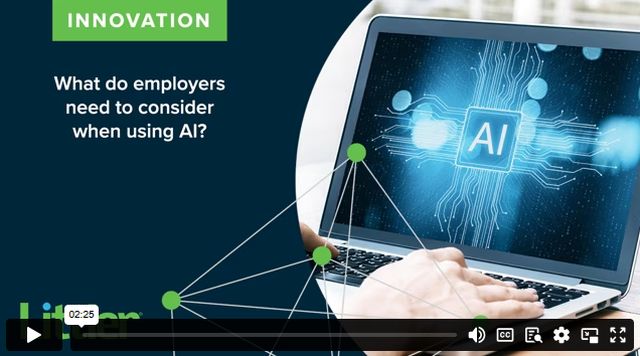When using AI, it's important to look beyond the sticker price and consider the "total cost of use," which is the real cost of what it takes to use an AI tool responsibly and sustainably over time.
Now some expenses are obvious – training your employees, increasing internal tech expertise, and ramping up data storage. But the less obvious costs can be even more significant. For instance, consider the resources and time – including the lead time you need to build in – for regulatory compliance, ongoing monitoring of the AI, and managing new legal risks.
So, what you need to do is set up an AI governance policy.
- Decide your organization's philosophy with respect to AI: its enthusiasm for AI use versus its general risk aversion.
- Then set up a process for identifying and vetting proposed AI tools and uses.
- Next identify the stakeholders — Legal, IT, Privacy, Procurement — who can collectively assess the risks (and benefits) of these AI proposals.
- Next, develop the business's guidelines for that vetting of AI doing practically but responsibly – tin other words the do's, don'ts, and other risk considerations.
- Finally build a policy around that vetting.
- And don't forget to provide for ongoing employee training as well as AI monitoring.
Finally, with an increase in the autonomy of AI be prepared for a technological shift from language models to action models that complete transactions on the business's behalf – Like a chatbot that interviews and dispositions candidates; a virtual assistant that summarizes meetings and creates action items; or an AI coach that personalizes training programs and provides individualized recommendations for improvement.
These models, often referred to as "Agentic AI," can expose your business to compliance obligations and liability so employers must account for the risk resulting from the use of such agents.
Fortunately, Littler's AI and Technology practice stands ready to help you on each step of this journey – all you have to do is reach out!
The content of this article is intended to provide a general guide to the subject matter. Specialist advice should be sought about your specific circumstances.



